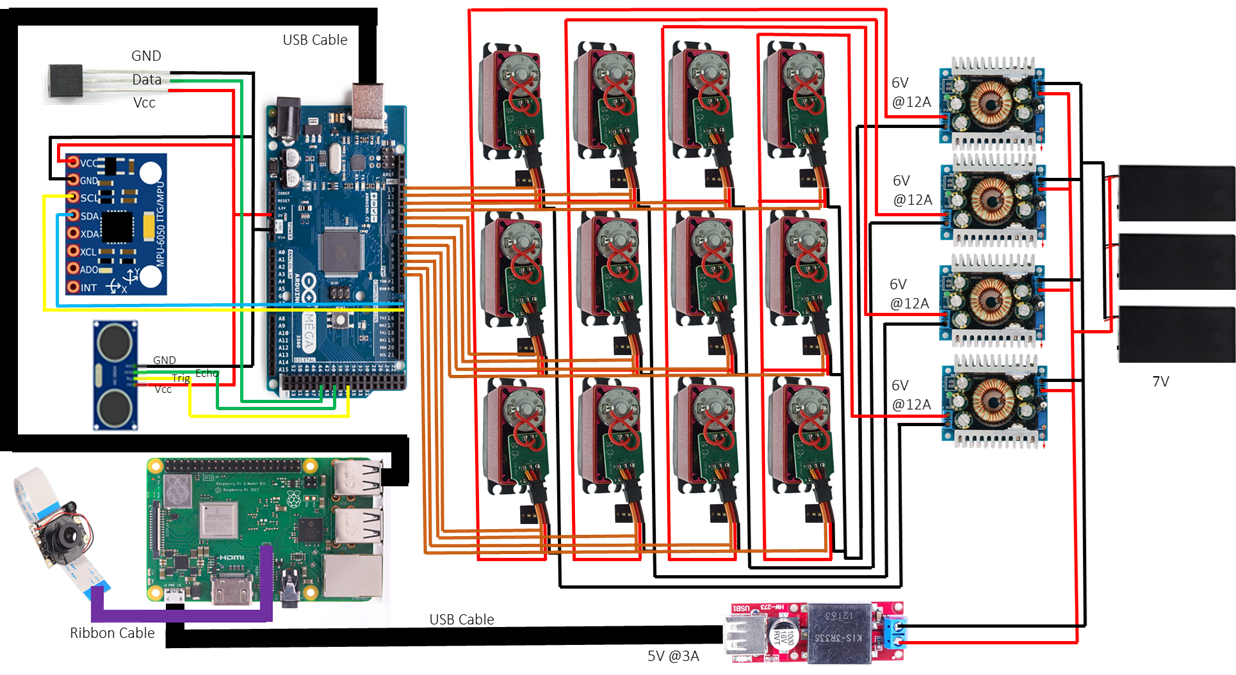The continuous technological evolution experienced by today's society has led to a great increase in the presence of computing and robotics in both industrial and everyday human activities. In this way, the field of robotics is in constant growth and evolution in recent years, which has led to its applications becoming more and more extensive, highlighting the use of autonomous robots for exploration and interaction with different environments. Nowadays, robots execute a high number of rescue tasks lie searching for possible victims in fires or earthquakes or even deactivating bombs. In the rescue fields, the importance of quadruped robots is becoming higher and higher. A quadruped robot could intervene in a devastated area as it can walk on rocks, climb stairs, and stay upright even when hit. In addition, these robots are equipped with sensors, cameras, pollution meters, gas ... and can send all that information to those responsible for the rescue teams so that they better direct their services. These robots also stand out for their resistance since, having four support points, they can remain stable and always continue to advance. Their locomotion and autonomy stand out as their main characteristics for this type of task. Within this approach our project is framed, whose objective is the development of a prototype of a quadruped robot that can be controlled both manually and autonomously with the purpose of helping in rescue work. The use of different sensors and actuators in combination with control algorithms and artificial intelligence for detection, can make our project a great basis for the future development of robots of this type in tasks of this type.


 Smart Hart
Smart Hart








